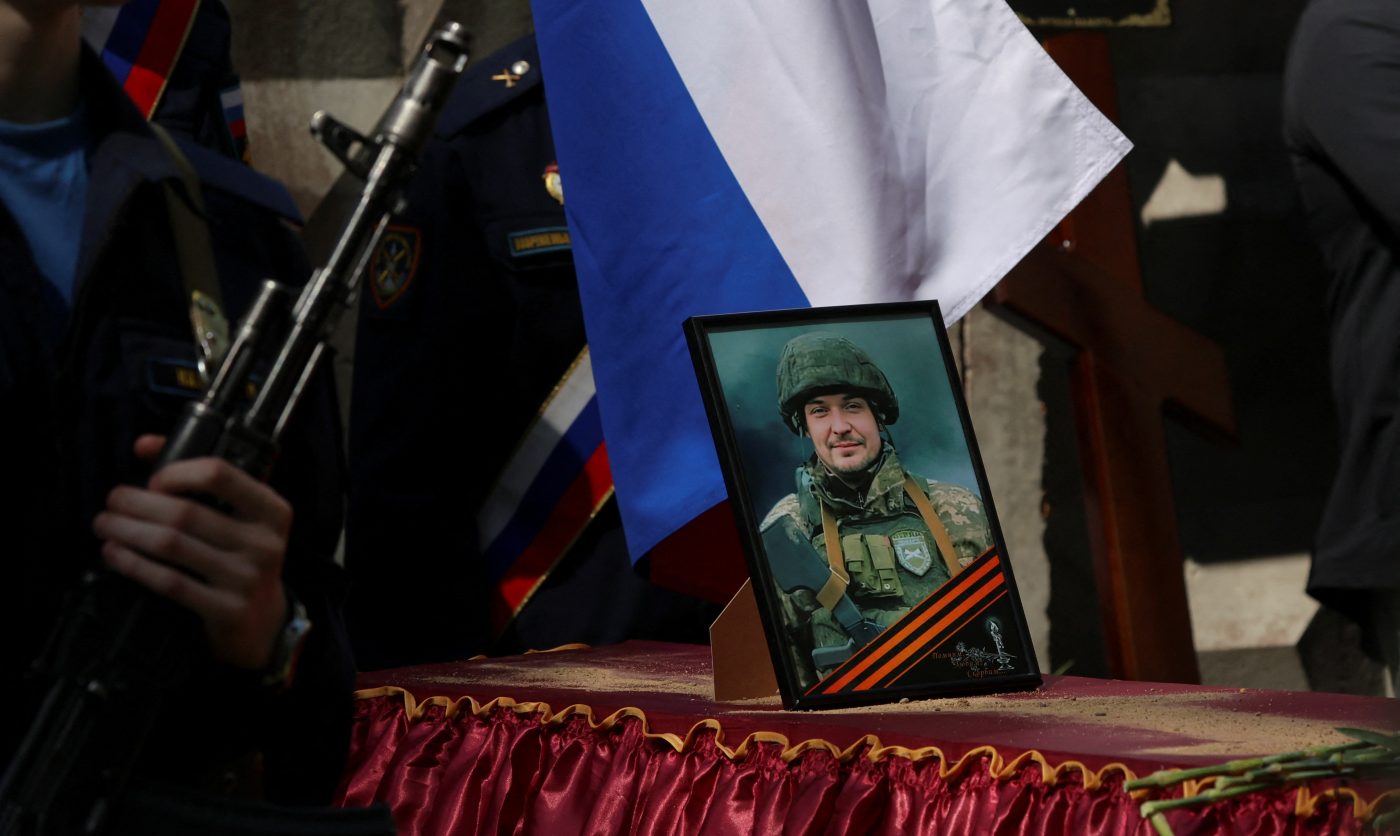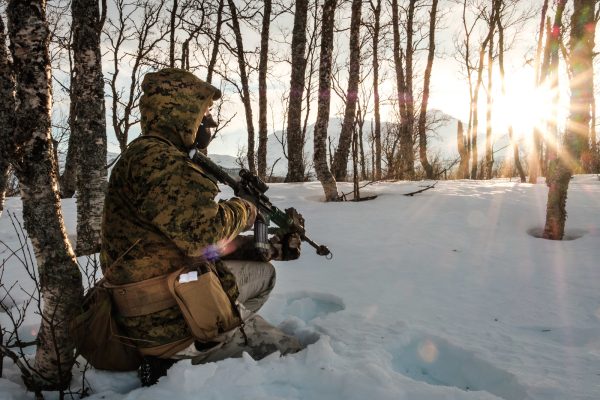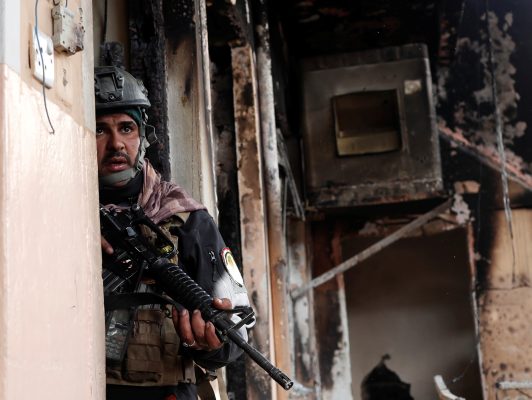For the first time in history, micromanagement is punishable by death. “Long overdue” might be the response from millions of office workers, and it might sound witty, but it is the core lesson learned in the war against Russian aggression in Ukraine.
Generals and colonels wanting to micromanage their troops will be identified, and their command posts targeted, and as we have seen in Ukraine, they will die. The evidence is everywhere, for example, here, here, here and here.
There is a real danger that this lesson will be missed amid the blizzard of reassessment resulting from 18 months of high-intensity warfare. Other lessons — like the renaissance of artillery and the increased impact of drones — will generate a flood of countermeasures and innovation that likely will limit the long-term implications.
That’s in part because there’s no obvious tech solution to the issue. It’s a matter of culture, not kit. The death of the micromanager doesn’t have a viable countermeasure, and that will directly undermine the Western form of military art because combined arms warfare and synchronized direct fire, indirect fire, and movement evaporate without functional command and control.
In modern warfare, radio communication and network traffic are the primary reasons why adversaries detect leaders and their command posts and then target them. That’s compounded by the current habit of constant communications, detailed orders, and tactical micromanagement when commanders expect to overlook engagements through radio and video feeds as the fight unfolds.
This insight must be one of the core lessons from this war for Western militaries. Generals and colonels who know how to lead using intent and minimized communication will survive and be able to conclude their missions; the rest who can’t stop using electromagnetic waves to inject micromanagement into those on the battlefield will be systematically wiped out.
There are real problems changing this outlook and adapting. For decades, many Western militaries have seen direct control as the statement: “This is how we lead the fight.” Now, we know that it is not and cannot be.
But reality conflicts with culture, and decades of uninterrupted radio and video communications in wars against insurgents and second-rate armies have set a standard operating procedure for Western military leaders. Today’s one-star generals, colonels, and lieutenant colonels are all products of the War on Terror with an adversary that lacked electronic warfare, long-range fires, and the ability to pinpoint high-value targets.
Downsizing the command post in size doesn’t help, so seeking to split larger command posts into two or three smaller subunits will only create additional targets.
The Twitter account Killed in Ukraine lists six Russian generals, 72 colonels, 176 lieutenant colonels, and 349 majors as confirmed killed in Ukraine. These numbers represent the absolute minimum of officers of these ranks who have perished in the war. The Russians have become ever-more reluctant to publish death notices as the war has progressed, seeking to hide their losses.
Most of these died when their command posts were identified and destroyed. Colonels and lieutenant colonels, especially in the Russian army, don’t seek to be at the front close to the tactical fight (something leaderless conscripts regularly complain of when they are sent into battle.)
A regimental command post usually contains 12 – 15 officers, with around 10 at battalion level. Even if the post is split, it is a significant part of the unit’s leadership team. If lost, it is hard to replace and risks unit paralysis. That, in turn, can mean the remaining unit losing combat effectiveness and suffering severe casualties. Russian commanders, based on intercepted transcripts, micromanage subordinated units using a blend of directions, threats and cursing. This makes them easily detectable. Some Russian regiments are operating their third or fourth leadership team after their predecessors were killed.
A NATO command post is no better; numerous vehicles draw up, there is constant radio traffic, as well as an electromagnetic bubble of emission from wireless networks, topped with heat and sound from electric generators. So far, there are no indications that NATO has adapted to this new and far more lethal operational environment for battlefield commanders.
What’s the solution? Commanders must communicate less and minimize the electronic signatures generated by their command posts. This requires a cultural change so that senior officers communicate their intent to subordinate ranks. That guidance should include how they expect units to fight, what they are trying to achieve, the end state, and the road to reach it.
The modern battlefield is like the ocean surface; there is nowhere to hide, so survival depends on the ability to avoid targeting and maintaining a stealthy posture. While there are recent advances in sensor countermeasure techniques, such as low probability of detection and low probability of intercept, NATO armies need to think like submarine officers — silent running cuts electronic emissions altogether, thus reducing the risk of detection.
The age of commanders acting as the all-seeing-eye, blessed with live drone video feeds and able to instantly communicate with personnel in the field is gone. The battlefield of today will become even harder to manage in the next big conflict, courtesy of developments in sensor technology and drones. Leading by intent is a low-cost, retrograded 1940s tool that can be fielded today — by changing behavior and training units — and so minimize a lethal vulnerability.
Micromanagement is anyway a technique flattering to the ego but damaging to the organization. I understand that it can be difficult to delegate and trust subordinates, but the alternative is far worse — mass casualties, paralysis and defeat.
Jan Kallberg, Ph.D., LL.M., is a Non-resident Senior Fellow with the Transatlantic Defense and Security program at the Center for European Policy Analysis (CEPA). He is a former Scientist at the U.S. Army’s Army Cyber Institute, focusing on cyber operations as a part of military operations. Follow him at cyberdefense.com and @Cyberdefensecom.
Europe’s Edge is CEPA’s online journal covering critical topics on the foreign policy docket across Europe and North America. All opinions are those of the author and do not necessarily represent the position or views of the institutions they represent or the Center for European Policy Analysis.





